Whether you’re training for your first marathon or your tenth Ironman, being an endurance athlete is more than a hobby—it’s a lifestyle. The long hours. The early mornings. The tired legs and sore feet. The mental grind when your body wants to quit.
But here’s the truth: endurance training is a double-edged sword. Done right, it builds elite physical and mental toughness. Done wrong—or without the right recovery and movement strategies—it can wreck your body fast.
At Accelerate Therapy and Performance, we work with endurance athletes across the board—runners, cyclists, triathletes, swimmers, even rowers. Our mission? Help you train smarter, stay pain-free, and unlock performance you didn’t think was possible.
What Makes Endurance Athletes Different?
Endurance athletes push their bodies to the edge—repeatedly. Unlike powerlifters or team-sport athletes, your fuel is repetition, time, and resilience. You’re often putting in 5, 10, 20+ hours per week of repetitive stress on the joints, muscles, and nervous system.
Here’s what that means for your performance and longevity:
- You’re more prone to overuse injuries
- Recovery strategies matter just as much as training
- Small inefficiencies in movement get amplified fast
- Mobility, breathing, and mechanics are make-or-break
- Your nervous system, not just your muscles, takes a hit
Most injuries we see in endurance athletes don’t come from one bad workout—they come from thousands of tiny compensations building up over time.
The Most Common Injuries in Endurance Athletes
Here at Accelerate, we see a lot of patterns when it comes to endurance athletes. The injuries are common—but they’re also preventable with the right game plan.
1. Runner’s Knee (Patellofemoral Pain Syndrome)
Pain around the kneecap, often from poor glute engagement or hip mechanics.
2. Shin Splints (Medial Tibial Stress Syndrome)
Usually linked to sudden spikes in training load or poor foot mechanics.
3. IT Band Syndrome
That gnawing pain on the outside of your knee or thigh, often tied to weak glutes and tight hips.
4. Achilles Tendinopathy
Overuse of the Achilles tendon, often due to limited ankle mobility or poor running form.
5. Plantar Fasciitis
Heel pain from tight calves, flat arches, or inefficient gait patterns.
6. Low Back Pain
Common in cyclists and triathletes with core instability or excessive lumbar extension.
7. Hip Flexor Tightness or Piriformis Syndrome
Due to hours spent in flexed positions (like biking or sitting post-run).
Many of these are made worse by ignoring recovery, skipping warm-ups, or relying too much on volume instead of form.
How Accelerate Therapy and Performance Helps Endurance Athletes
You don’t need to train less—you need to train smarter. Here’s how we help you do that:
Full-Body Movement Assessment
We break down your running gait, biking posture, swimming mechanics, and movement habits to find inefficiencies, compensations, or areas of concern before they become injuries.
Manual Therapy + Myofascial Work
Targeted soft tissue therapy, joint mobilizations, cupping, and dry needling can restore motion, reduce pain, and speed up tissue recovery.
Corrective Strength Programming
We fix the imbalances your sport creates—like quad dominance, underactive glutes, or weak posterior chains.
Mobility and Recovery Coaching
Learn how to manage stiffness, roll the right areas, and breathe properly for faster recovery and better endurance.
Performance Training and Periodization
We work alongside your coach—or build the plan ourselves—to ensure your strength, mobility, and tissue health support your goals without burnout.
We meet you where you are in your training cycle: off-season foundation, pre-season ramp-up, race-week tune-up, or post-race recovery.
Why Most Endurance Athletes Train Wrong (and How to Fix It)
Look, we’ve been in this world long enough to see some common mistakes over and over. Here are the big ones:
Too Much Volume, Not Enough Strength
Logging miles is only part of the puzzle. Without proper strength work, you’re building endurance on a shaky foundation.
Ignoring Recovery
Most athletes think “recovery” means sleep and protein shakes. Recovery means actively restoring joint health, nervous system tone, and tissue mobility.
No Movement Screening
If you’ve never had someone watch your run, bike, or swim form—you’re likely leaking energy and risking injury.
Training Through Pain
The “no pain, no gain” mindset does more harm than good. If something hurts consistently, your body is asking for help—not a grind session.
What You Should Be Doing Instead:
- Include strength 2x/week, even in season
- Use breathwork and mobility as part of your warm-up, not just afterthoughts
- Get assessed regularly, not just when you’re injured
- Learn to listen to your body—not ignore it
Endurance Recovery: The Hidden Edge
You train hard. You eat well. But if you’re still sore, stiff, or slow to bounce back after big training blocks, you’ve got a recovery problem—and it’s killing your performance.
Here’s how we boost recovery at Accelerate:
- Manual therapy for soft tissue reset
- Dry needling to reduce deep muscular tension
- Cupping therapy for blood flow and tissue release
- Breathing drills to shift out of fight-or-flight and into recovery mode
- Mobility work specific to your sport and body type
- Heart Rate Variability (HRV) tracking and nervous system monitoring
We don’t guess—we assess. Then we build a plan that actually works for your lifestyle and race schedule.
Real-World Examples from Our Athletes
- A triathlete shaving minutes off their bike split after addressing hip tightness with manual therapy and glute activation
- A distance runner breaking a plateau by fixing a midfoot strike issue and adding strength
- A masters cyclist eliminating low back pain with thoracic spine mobility drills and breathing work
- A first-time marathoner finishing strong and injury-free thanks to a full movement assessment + strength program
These aren’t unicorn cases—they’re what happens when endurance athletes get smarter support.
When to Come See Us
You don’t need to be hurt to book a session with us. In fact, the best time to get assessed is before something breaks down.
But here are a few signs it’s time to make the call:
- You’re dealing with a nagging pain that keeps coming back
- You’re plateauing despite more training
- You’re training for a big event and want to stay injury-free
- You want to get faster without grinding harder
- You’re tired of stretching, foam rolling, and hoping it goes away
We help you move better, feel stronger, and train more efficiently—without guessing or wasting time.
Let’s Keep You on the Road, Trail, or Track
Being an endurance athlete means constantly chasing better. Better splits. Better form. Better results. But better doesn’t happen through burnout—it happens through balance.
At Accelerate Therapy and Performance, we bring elite-level recovery, performance science, and therapy together under one roof. We don’t just fix pain—we elevate your entire approach.
Whether you’re racing, rehabbing, or just trying to stay in the game, we’re here to help you go further—without breaking down.Book your performance consultation today, and let’s build a body that can go the distance.



